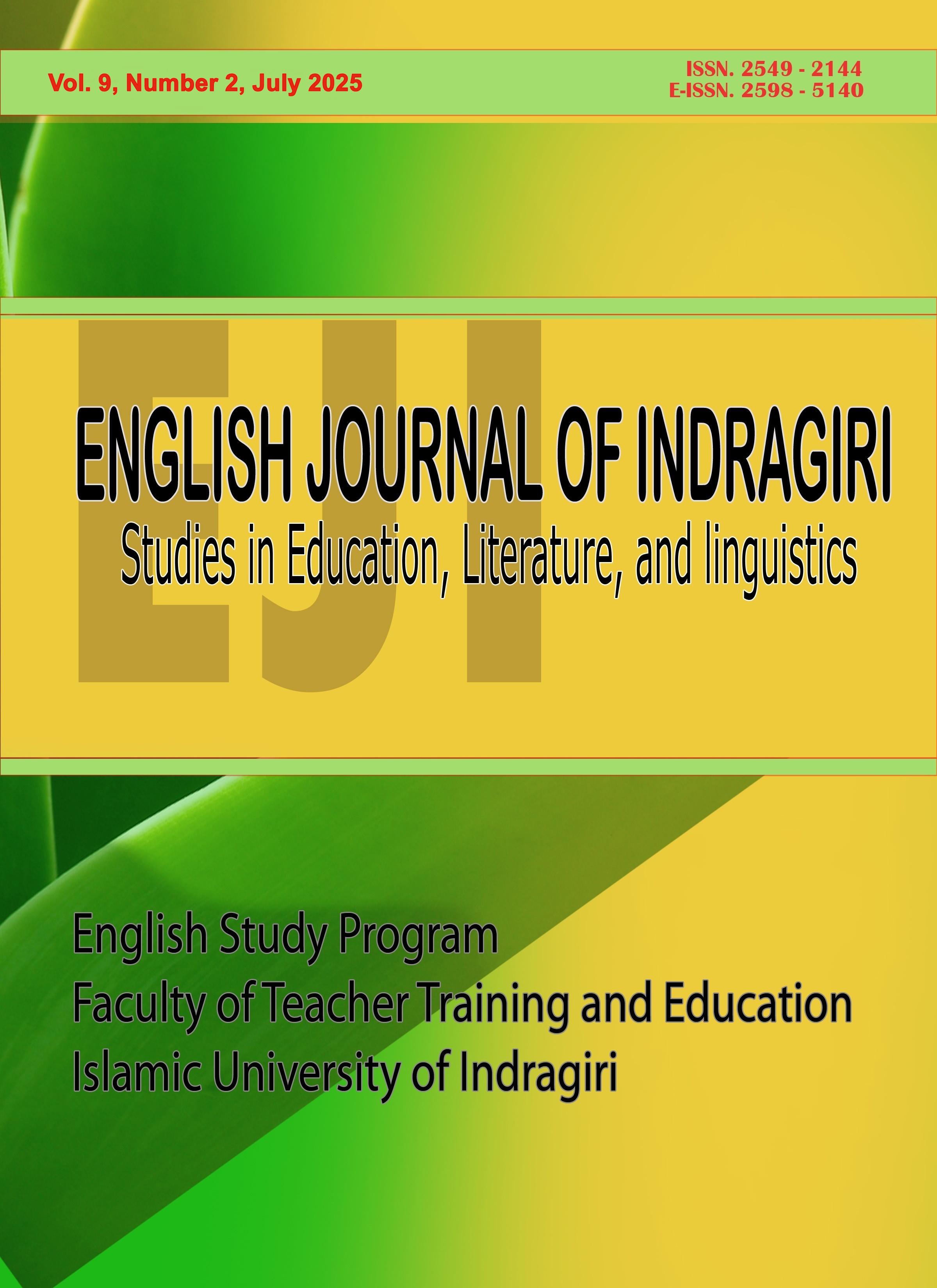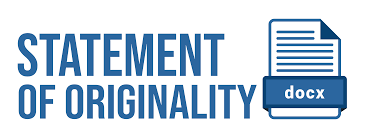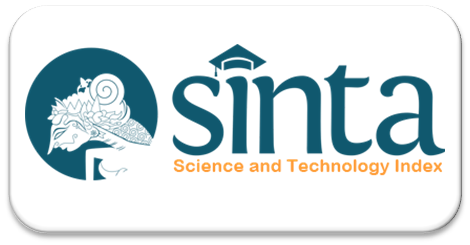Deep Learning as a Tool for Business Language Mastery: A Focus on the Economics Students of Universitas Maarif Hasyim Latif
DOI:
https://doi.org/10.61672/eji.v9i2.2971Keywords:
Business language mastery, deep learning, economics students, English for BusinessAbstract
This study examines the effectiveness of deep learning strategies in enhancing business language mastery among economics students at Universitas Maarif Hasyim Latif. The primary goal was to assess whether deep learning techniques could improve students' proficiency in business English and their ability to apply the language in real-world business contexts. Using a mixed-methods approach, data were collected through pre- and post-test assessments, surveys, interviews with lecturers, and classroom observations. The results indicated significant improvements in students' business language skills, with an average increase of 18% in language proficiency across various areas, including vocabulary, grammar, writing, listening, and speaking. Additionally, students reported greater confidence in using business English, and lecturers observed higher engagement and critical thinking among students. The study concludes that deep learning strategies are highly effective in enhancing both linguistic and cognitive skills, providing valuable insights for future educational practices in business English instruction
References
Ali, S.S. (2019). Problem-based learning: A student-centered approach. English Language Teaching. Link
Andreeva, O.B., & Pronina, E.V. (2024). Mastering English economic discourse: Strategies for Russian-speaking economics students. Professional Discourse & Communication. Link
Borysenko, I.V., & Zvarych, I.M. (2019). Teaching Business English to Future Economists Using a Multimedia Textbook. International Journal of Educational Technology. Link
Brinke, D.J., & Kirschner, P.A. (2015). Goal orientation, deep learning, and sustainable feedback in higher business education. Learning and Instruction.
Creswell, J.W. (2014). Research design: Qualitative, quantitative, and mixed methods approaches (4th ed.). SAGE Publications.
Dyachenko, N.N.Y., & Bondarenko, M.P.G. (2020). Innovative methods of mastering economic knowledge by learning a foreign language. Springer International Publishing.
Dyer, S.L., & Hurd, F. (2016). "What's going on?" Developing reflexivity in the management classroom: From surface to deep learning and everything in between. Academy of Management Learning & Education, 15(3), 456-473. [DOI: 10.5465/amle.2014.0104]
Dyer, S.L., & Hurd, F. (2016). Developing reflexivity in the management classroom: From surface to deep learning. Academy of Management Learning & Education, 15(3), 456-473.
Fullan, M., & Langworthy, M. (2014). A rich seam: How new pedagogies find deep learning. OER4Pacific.
Ganguli, S., & Mercado, A. (2024). Business economics forecasting using AI: From perception to practice. International Journal of Business and Economics, 21(2), 145-162. [DOI: 10.1016/j.ijbe.2024.05.014]
Graesser, A.C. (2015). Deeper learning with advances in discourse science and technology. Policy Insights from the Behavioral and Brain Sciences, 2(3), 67-74. [DOI: 10.1177/2372732215600888]
Ismagilova, L.R., & Polyakova, O.V. (2014). The problem of the syllabus design within the competence approach based on the course “English for Master Degree Students in Economics (advanced level).” Procedia-Social and Behavioral Sciences.
Junpeng, P., Chitaree, D., Sonsilphong, S., & Mokwa, K. (2024). Using machine learning to score multidimensional assessments of students' skill levels in mathematics. Pertanika Journal of Social Science & Humanities, 32(1), 85-96. [DOI: 10.1080/01942392.2024.1022214]
Pašalić, M. (2013). Language learning strategies and progress in EFL of students of Economics and Business. ESP Today.
Petrova, M., Buzko, I., & Dyachenko, Y. (2018). Cognitive, intelligence technologies and economic foundations of teaching of international economic relations and tourism. Engineering for Rural Development.
Wang, D., Han, L., Cong, L., Zhu, H., & Liu, Y. (2025). Practical evaluation of human–computer interaction and artificial intelligence deep learning algorithm in innovation and entrepreneurship teaching evaluation. International Journal of Artificial Intelligence and Education. [DOI: 10.1186/s41239-025-00718-w]
Williams, J.B. (2006). Assertion-reason multiple-choice testing as a tool for deep learning: A qualitative analysis. Assessment & Evaluation in Higher Education, 31(2), 1-13. [DOI: 10.1080/02602930500352857]
Xu, J.J., & Babaian, T. (2021). Artificial intelligence in business curriculum: The pedagogy and learning outcomes. The International Journal of Management Education.
Zahariev, A., Mihaylova, M., & Monev, V. (2021). Upgrading competencies of master's degree students through e-learning in business communications. IJASOS-International E-Journal, 2(3), 101-114.
Zairjanovich, Y.S. (2024). The competence of English language proficiency of future economists. Gospodarka i Innowacje, 8(2), 50-63. [DOI: 10.5124/gii2024.1189]
Zheng, Y., Xu, Z., & Xiao, A. (2023). Deep learning in economics: A systematic and critical review. Artificial Intelligence Review.
Koshy. V. (2005). Action research for improving practice. London: Paul Chapman Publishing.
Sardiman. (2009). Interaksi dan Motivasi Belajar Mengajar. Jakarta. Rajawali Press.
Setiawati, A., Yeni, M., & Purwanti, S. E. (2020). Improving Speaking Skill of Report Text Using Finding Missing Information Technique at the Tenth Grade Students of MA Shabilal Hudha Sungai Empat. J-Shelves of Indragiri (JSI), 2(1), 1-13. Retrieved from https://ejournal.unisi.ac.id/index.php/shelves/article/view/1477
Downloads
Published
Issue
Section
License
Copyright (c) 2025 Fitri Nurhidayati, Sri Sumrati

This work is licensed under a Creative Commons Attribution 4.0 International License.




















